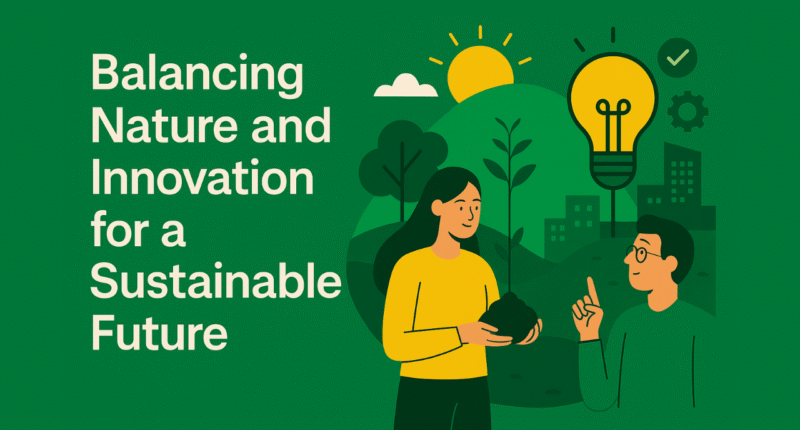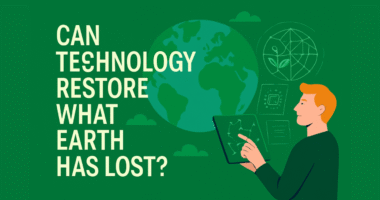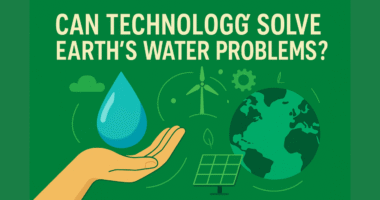As the world advances rapidly in technology and innovation, we face a critical challenge: how to balance progress with the preservation of nature. While modern innovations bring convenience and economic growth, they also contribute to environmental degradation when not managed responsibly. The key to a sustainable future lies in finding harmony between nature and innovation.
Why Balance is Essential
Unchecked industrialization, deforestation, and overconsumption have already caused severe environmental issues such as climate change, loss of biodiversity, and pollution. At the same time, innovation has created powerful tools to solve these problems. The balance lies in leveraging technology to improve lives without compromising the natural systems that support them.
The Role of Innovation in Sustainability
Innovation is not the enemy of nature—it can be its greatest ally when applied thoughtfully.
1. Renewable Energy Solutions
Technologies like solar panels, wind turbines, and hydroelectric systems reduce reliance on fossil fuels. These energy sources help cut carbon emissions while providing reliable power for growing populations.
2. Smart Agriculture
Precision farming, powered by artificial intelligence (AI) and drones, allows farmers to use water, fertilizer, and land more efficiently. This reduces waste and helps protect ecosystems while still meeting global food demand.
3. Green Architecture
Modern building designs focus on energy efficiency, eco-friendly materials, and smart technology. Green buildings not only reduce environmental impact but also lower long-term costs for businesses and households.
Nature’s Role in Innovation
While technology supports sustainability, nature itself inspires innovation. Biomimicry, for example, studies natural processes and designs to create human solutions. From water-efficient irrigation inspired by desert plants to wind turbine designs modeled after whale fins, nature provides blueprints for innovation.
Example
Lotus leaves inspired self-cleaning materials that repel dirt and water, now used in eco-friendly paints and fabrics.
Challenges in Maintaining Balance
Balancing nature and innovation is not without challenges:
-
Overconsumption: Technology often accelerates consumer demand, leading to more waste.
-
Inequality: Many sustainable technologies are expensive and inaccessible in developing countries.
-
Dependency: Relying too much on technology may make people forget the importance of conserving natural resources.
Steps Toward a Sustainable Future
To achieve harmony, governments, businesses, and individuals must act together:
-
Invest in clean and renewable energy.
-
Promote policies that encourage eco-friendly innovations.
-
Support education that emphasizes environmental responsibility.
-
Adopt lifestyles that prioritize reducing, reusing, and recycling.
Conclusion
Balancing nature and innovation is the foundation of a sustainable future. By using technology wisely—through renewable energy, smart agriculture, and green design—we can reduce harm while enhancing quality of life. At the same time, respecting and learning from nature ensures that innovation remains aligned with the planet’s limits. The path forward is not choosing between nature and progress but combining them for a healthier, greener, and more sustainable world.









